Coffee roasting skills | what is taxiing? Effect of taxiing on the flavor and taste of coffee
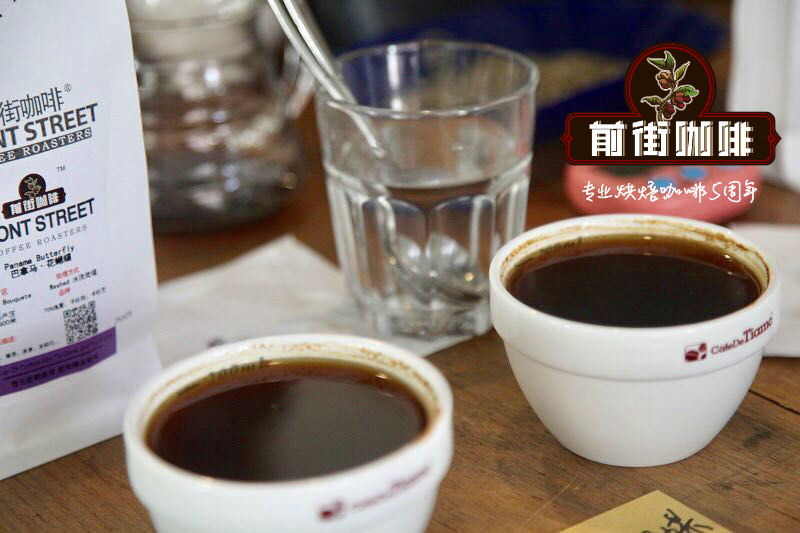
Professional coffee knowledge exchange more coffee bean information please follow the coffee workshop (Wechat official account cafe_style)
Friends who come into contact with coffee roasting, I believe they all know a term: gliding.
Taxiing emphasizes that the baked beans can be roasted continuously and slowly by using the residual temperature of the boiler and the temperature produced by the heat released during the burst period under a very small fire or off fire. By using the taxiing technique, the coffee beans can be kept at a relatively stable temperature without losing temperature, which is helpful to some specific flavor construction.
Today, the editor, together with the baker, will use three beans (shallow, medium and deep) to explore the advantages and disadvantages of taxiing for the creation of flavor and taste.
The first bean was Flower Butterfly, from the Pokuit region of Panama. This is a flavor coffee mixed with raw beans. For details, please click [Flower Butterfly].
The following is a comparison of the two baking curves.
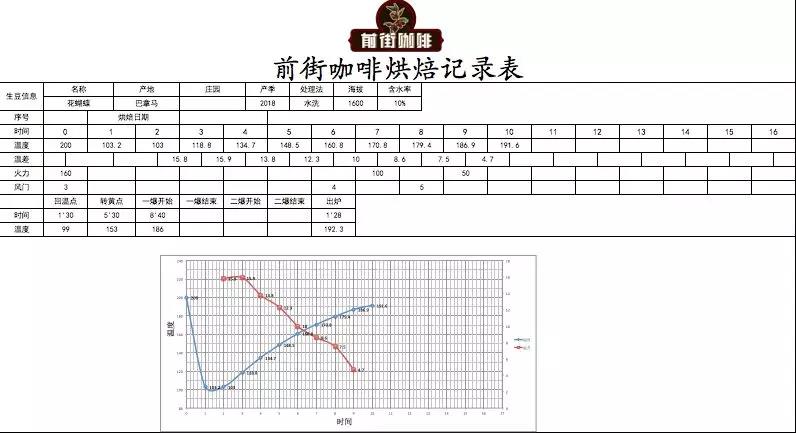
Flower butterfly (no gliding)
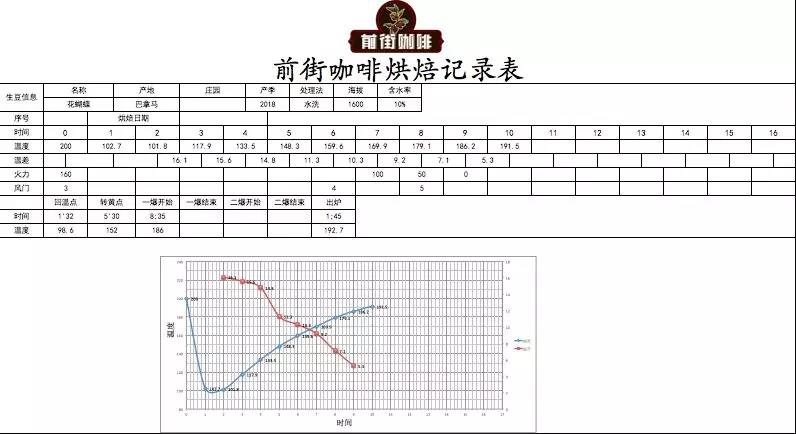
Flower butterfly (gliding)
In the second baking, we took the first 3 °C to turn off the fire to glide, so that the time close to the lower bean temperature was extended by more than 10 seconds. From the appearance of cooked beans, it is the same as the one without taxiing operation. Next, the cup test results show that the sour taste of the flower butterfly with more taxiing operation is weakened, the taste maturity is higher, and the sweetness is improved, but the rising flower and fruit aroma is weakened.
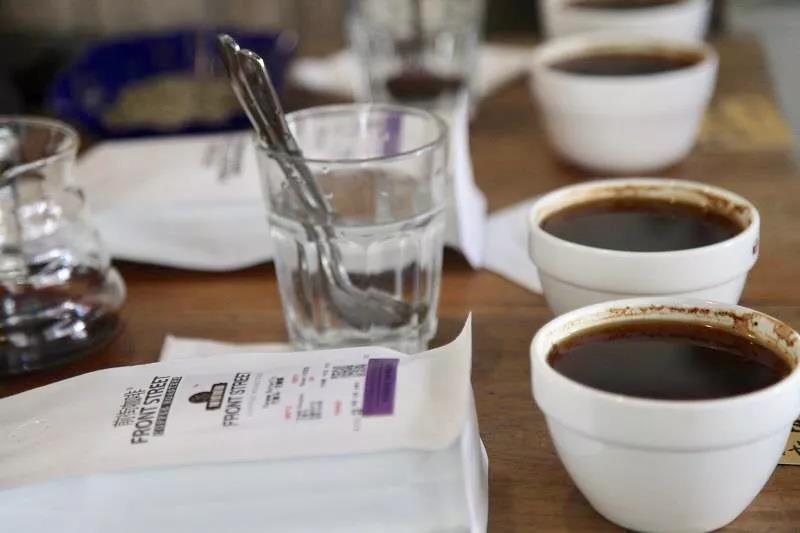
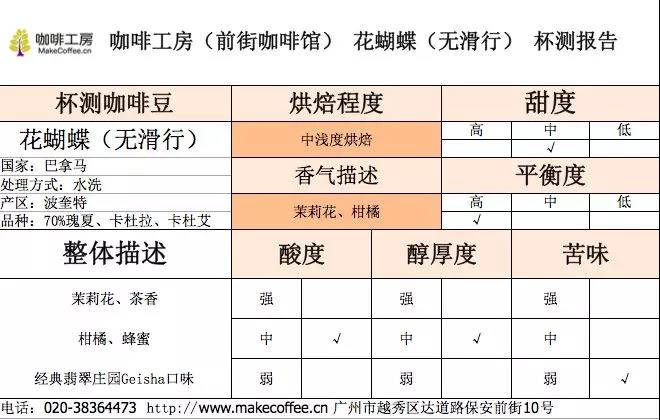
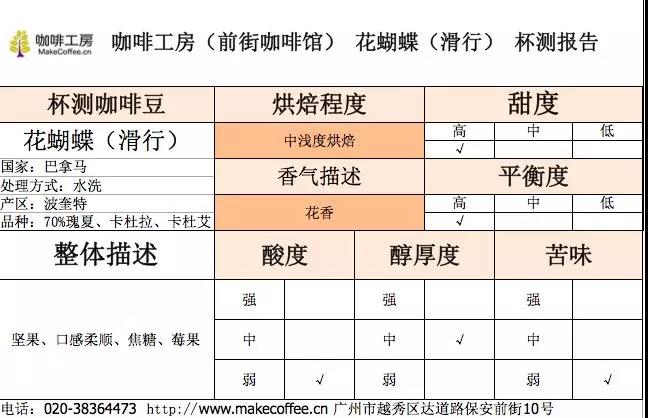
The second bean is Yunnan Sun [Katim], which has high moisture content and relatively soft bean quality, so it is suitable for moderate baking. By comparing the previous baking, we found that the bitter taste of this bean could be weakened by prolonging the dehydration time, so we adjusted two more stoves and kept the temperature rise at about 10-11 degrees in order to ensure uniform dehydration. Among them, the special aroma of a batch of cucumbers with taxiing operation is gone, but a hint of licorice, with a calmer taste and increased sweetness.
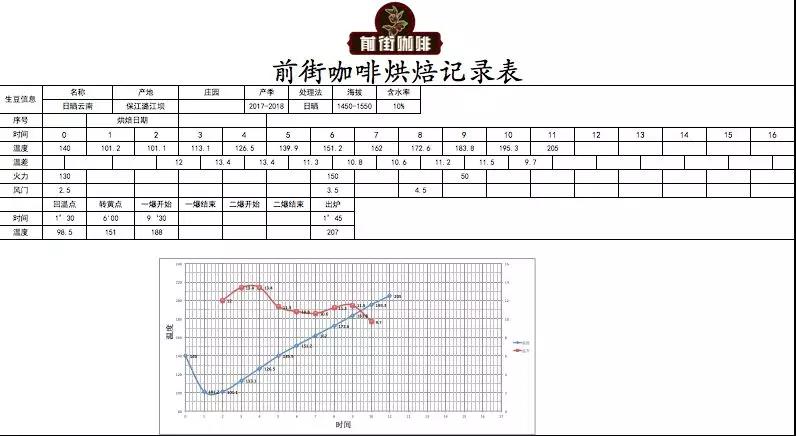
Katim (no taxiing)
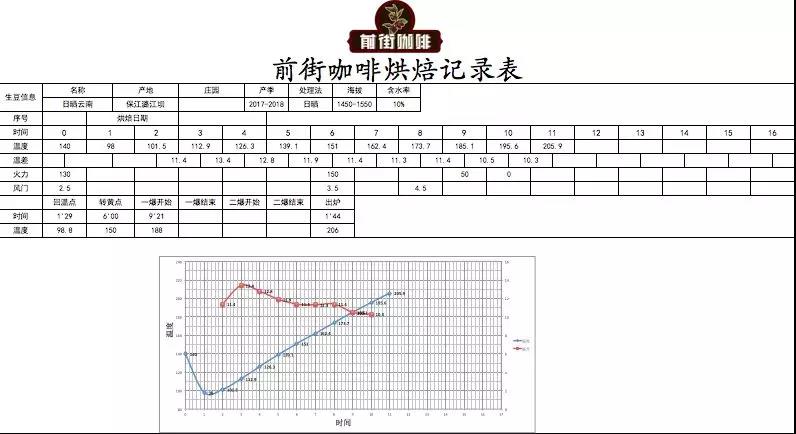
Katim (gliding)
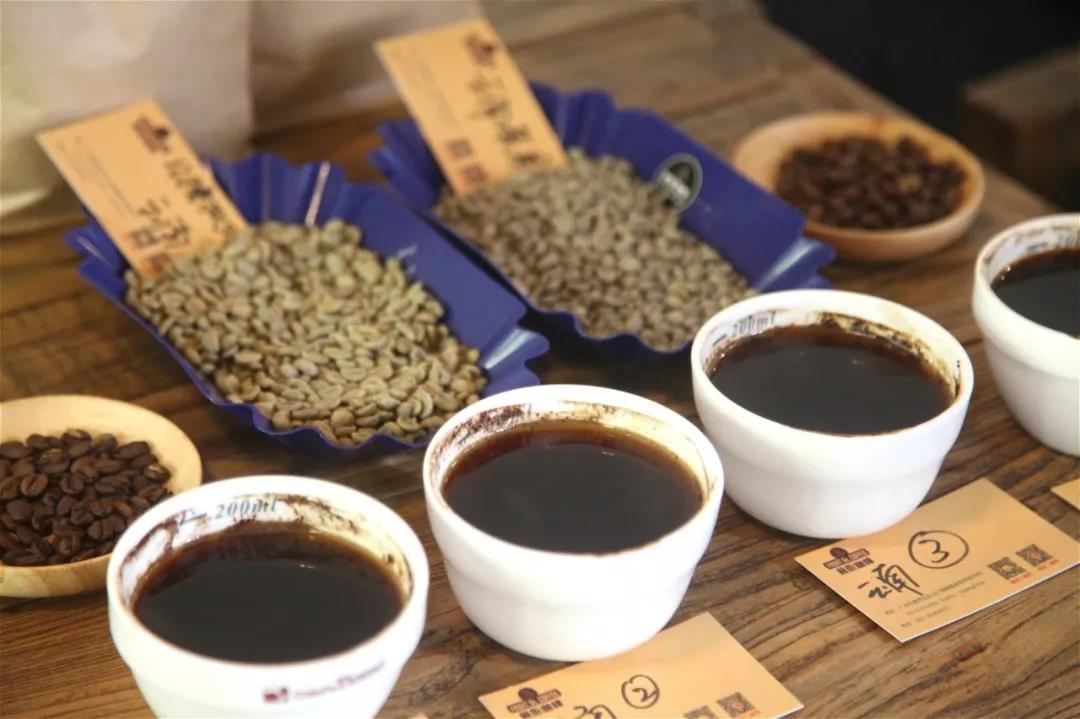
For the third bean, we use deep-roasted [Columbia Whelan], which is the formula we use to mix espresso. We specially bake this bean to 2 burst dense to make a more intuitive comparison of whether there is a glide or not when baking. It is not what we normally use when producing. From the lower bean state, the color of a batch of taxiing is a little darker, and the expansion rate will be higher. And the biggest difference is that the beans that glide into the second explosion are less likely to appear shell beans and "meteor craters".
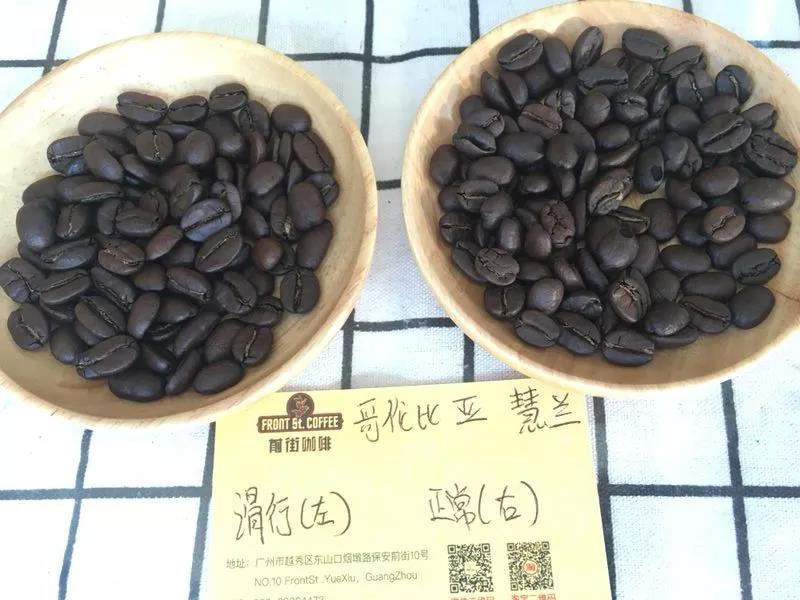
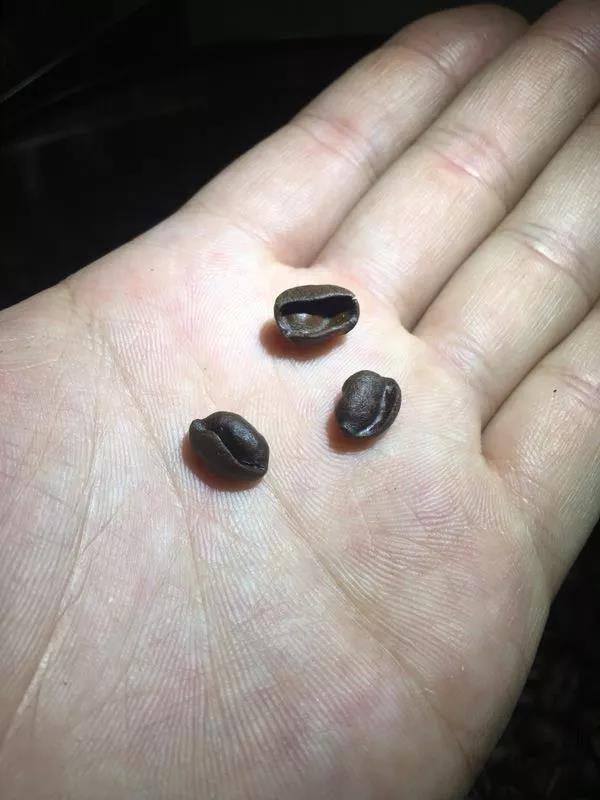
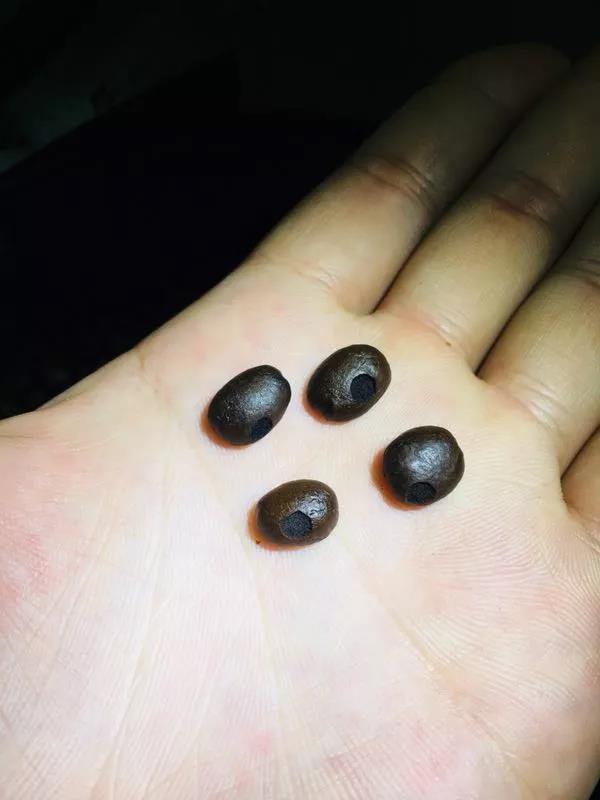
Because coffee beans enter the second explosion, the exothermic reaction is more intense, and the feedback to the external environment temperature will also be more sensitive, at this time, firepower adjustment should also be very careful, too much firepower will appear skin scorch and appear "meteorite crater". And the cup test results also show that the taxiing pot of coffee is softer in flavor and has no irritation. Therefore, gliding the second explosion with low fire or even turning off fire is a relatively recommended method for editors.
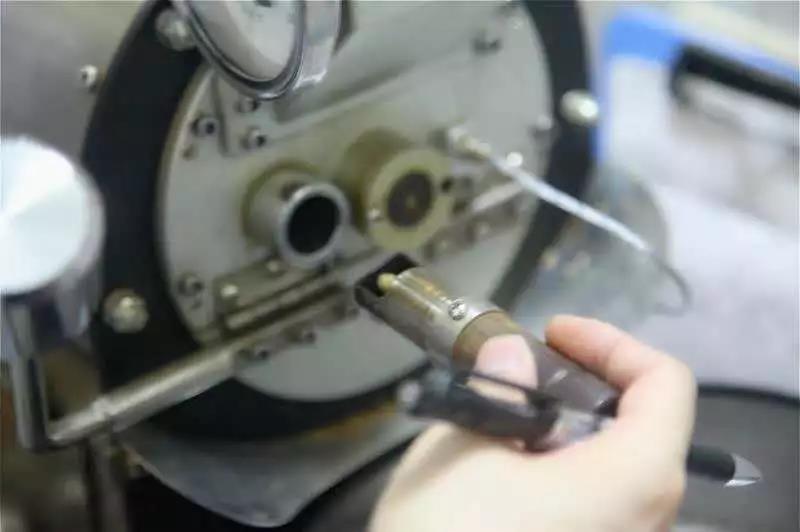
Finally, let's sum up the operation of taxiing, which is an unnecessary operation for lightly roasted coffee beans (unless you can't control too much firepower and must be turned off), because it will wear away the flower and fruit aroma emphasized by shallow roasting; for moderately roasted coffee, the roaster wants to express the flavor and taste trade-off, taxiing can be used as needed. Deep baking, especially the second burst of beans, taxiing helps to avoid baking defects, reduce irritation, and look better in color.
The above is today's content, on how to bake each type of coffee beans, welcome to discuss with us, share their own research results, and work together for a good cup of coffee.
Important Notice :
前街咖啡 FrontStreet Coffee has moved to new addredd:
FrontStreet Coffee Address: 315,Donghua East Road,GuangZhou
Tel:020 38364473
- Prev

What's the difference between BOP auction, COE extraordinary Cup and Red bid auction?
BOP, what is the best Panama BOP auction? As the first raw bean event in the world, the emergence of BOP can also be regarded as a game against the Panamanian boutique coffee industry at that time, and successfully opened up a blue ocean of quality for Panama through this game, where the annual auction price of beans is hundreds of dollars. 1995, Panama
- Next
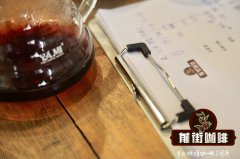
The skill of making coffee by hand | what's the difference between one-size-fits-all and segmented extraction?
Professional coffee knowledge exchange more coffee bean information please pay attention to the coffee workshop (Wechat official account cafe_style) the most common method of hand flushing is probably one-size-fits-all and segmented extraction. The name "one knife flow" sounds very interesting, very much like a martial arts move in a martial arts novel. The essence of this cooking technique is to do it only once after steaming.
Related
- Beginners will see the "Coffee pull flower" guide!
- What is the difference between ice blog purified milk and ordinary milk coffee?
- Why is the Philippines the largest producer of crops in Liberia?
- For coffee extraction, should the fine powder be retained?
- How does extracted espresso fill pressed powder? How much strength does it take to press the powder?
- How to make jasmine cold extract coffee? Is the jasmine + latte good?
- Will this little toy really make the coffee taste better? How does Lily Drip affect coffee extraction?
- Will the action of slapping the filter cup also affect coffee extraction?
- What's the difference between powder-to-water ratio and powder-to-liquid ratio?
- What is the Ethiopian local species? What does it have to do with Heirloom native species?

